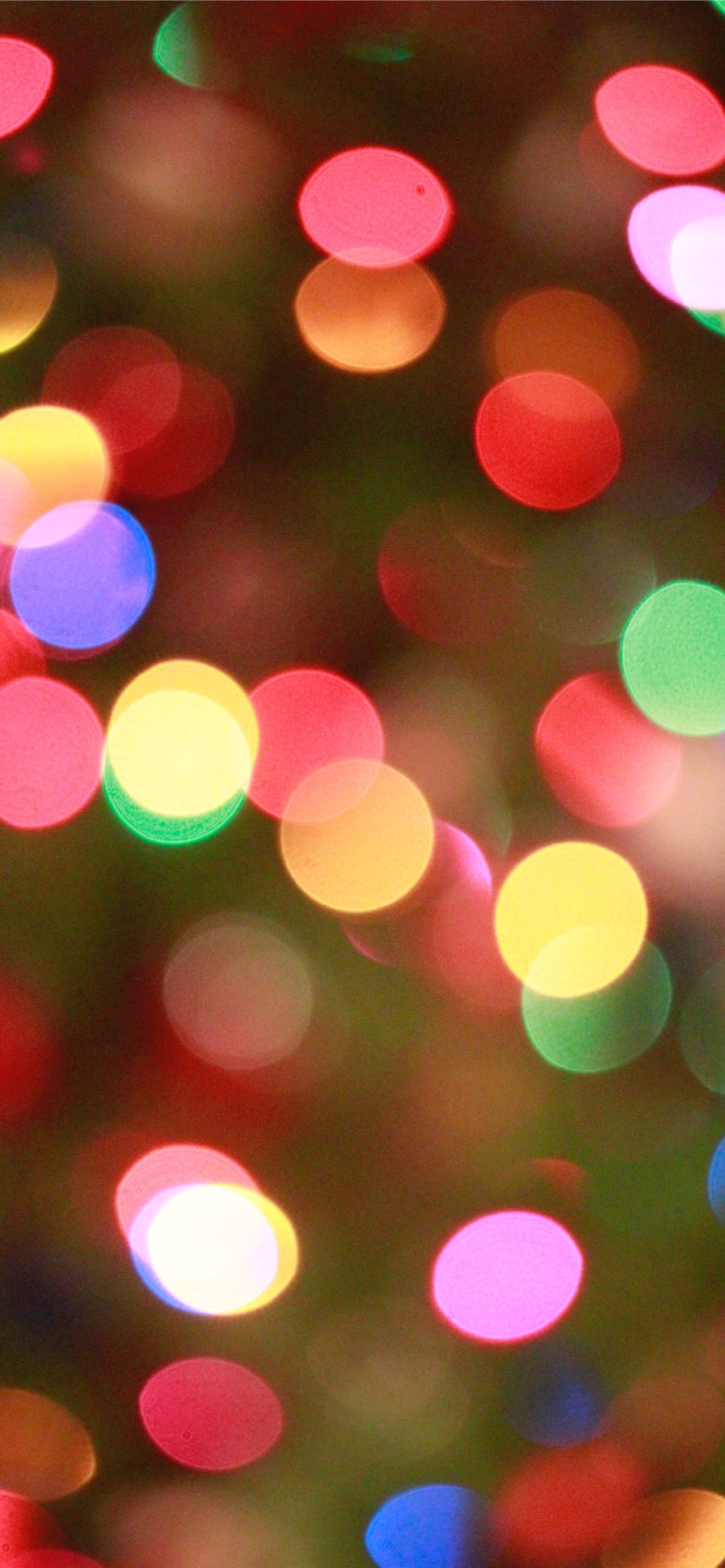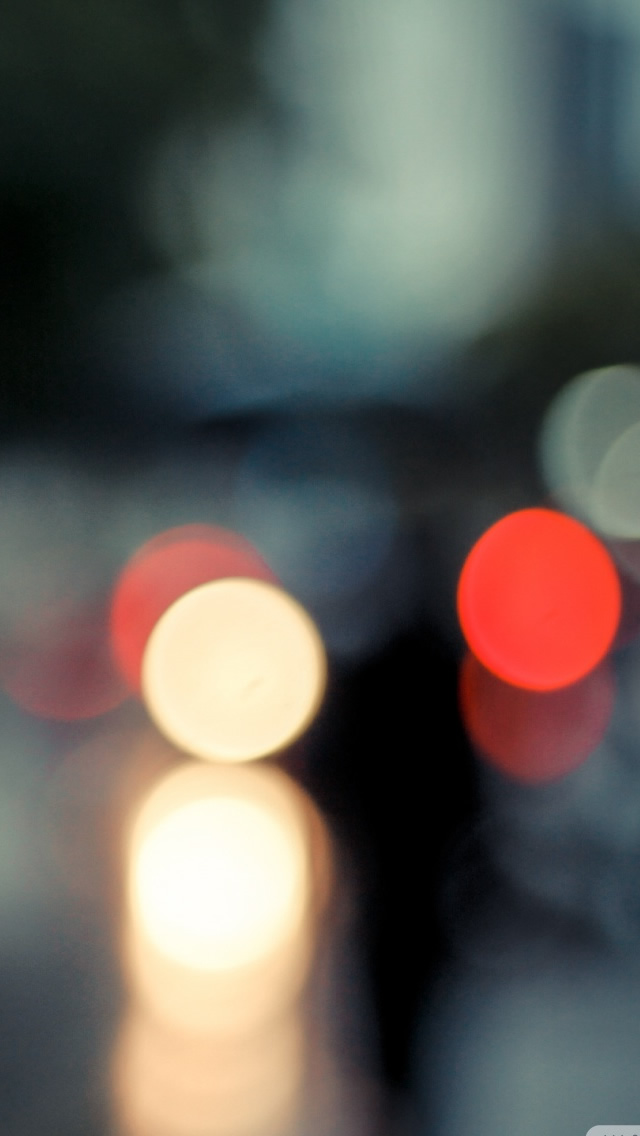

(Image credit: George Cairns) iPhone Portrait mode: what are the strengths?īecause Portrait mode uses software to mimic the bokeh produced by a DSLR’s aperture this gives you more creative control over an iPhone portrait’s bokeh than you’d get with the baked-in bokeh produced by a DSLR. We used an iPhone 13 Pro Max to capture and edit the images in this tutorial. Every iPhone generation model since has had the feature. The Portrait Mode was first introduced on the iPhone 7 Plus in 2016 (but not available on the basic iPhone 7). However, if you swipe to the Camera app’s Portrait Mode you can add a distinctive DSLR-style background bokeh to your shots for a more professional-looking portrait.

#Bokeh in iphone manual#
If you shoot in low light and with the subject close to the camera you may create a background bokeh naturally, but you have no manual control of the aperture setting when using the iPhone Camera’s default Photo Mode. In the default Photo Mode, the iPhone’s Camera app tends to set the aperture and shutter speed automatically to get the foreground and background looking sharp. You can use the Aperture Priority mode to select a wider aperture, safe in the knowledge that the camera will use a faster shutter speed to avoid over-exposing the image. A wide aperture causes distracting background details such as photo-bombing people or graffiti on a wall to turn into abstract shapes and colors, enabling the eye to focus on the foreground subject of the portrait. The wider the setting (such as f/1.4) the blurrier the background blur (or bokeh) will be.

DSLR or mirrorless camera-owning photographers can capture a more attractive portrait by using a wider aperture setting.


 0 kommentar(er)
0 kommentar(er)
